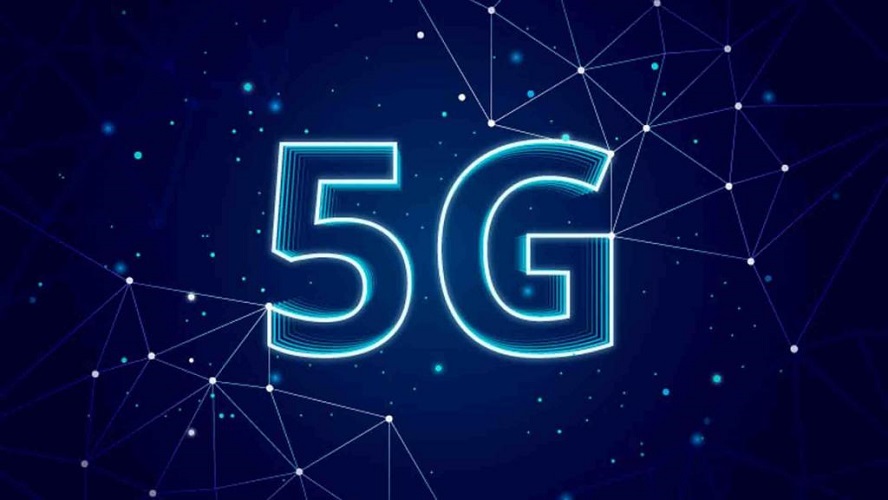From the perspective of network coverage, 5G has become the fastest-deployed generation of wireless communication technology in history. More than 95 operators around the world have launched 5G commercial network services in more than 40 countries and regions. In contrast, in the early stages of 4G commercial deployment, less than 15 operators in 13 countries and regions launched 4G commercial networks. The industry predicts that the number of global 5G connections will exceed 1 billion in 2023, which is a full two years faster than the same number of connections in the 4G era.
The latest estimate is that 5G users will be close to 660 million by the end of this year. The increase was due to stronger-than-expected demand in China and North America, in part due to lower 5G equipment prices. In the third quarter of 2021, there was a net increase of 98 million 5G users worldwide, while the number of new 4G users was 48 million. It is expected that by the end of 2021, the 5G network will cover a population of more than 2 billion.

By 2027, 5G is expected to become the dominant mobile access technology based on global subscriptions. 5G is also expected to account for around 50% of all mobile subscriptions worldwide – covering 75% of the world’s population and carrying 62% of the world’s smartphone traffic by 2027.
Mobile data traffic has grown nearly 300-fold since 2011, and the deployment of 4G networks has played a key role in generating 5.5 billion new smartphone connections worldwide, driving the market availability of more than 20,000 different 4G device models. The technology life cycle of 5G equipment is much earlier. Today, 5G mobile phones account for 23% of global sales, while at the corresponding point in its life cycle, 4G mobile phones accounted for 8%.
The nature of mobile connectivity is changing rapidly, resulting in continued growth in mobile data traffic. Broadband IoT has now surpassed 2G/3G and has become the market segment with the largest share of connected IoT applications. It is expected to account for 47% of all cellular IoT connections by the end of 2021, compared with 37% for 2G/3G and 16% for large-scale IoT technologies (NB-IoT and Cat-M).
The rapid acceleration of large-scale IoT deployments over the next few years spans use cases such as electronic health wearables, logistics asset tracking, environmental monitoring and smart meters, and smart manufacturing tracking and monitoring devices. Large-scale IoT deployments are expected to account for 51% of all cellular IoT connections by 2027.
Over the past decade, mobile communications have had an incredible impact on society and businesses. Looking forward to 2027, mobile networks will be more integrated into the way we interact, live and work than ever before.
Ключевые слова: Internet of Things smart gateway
